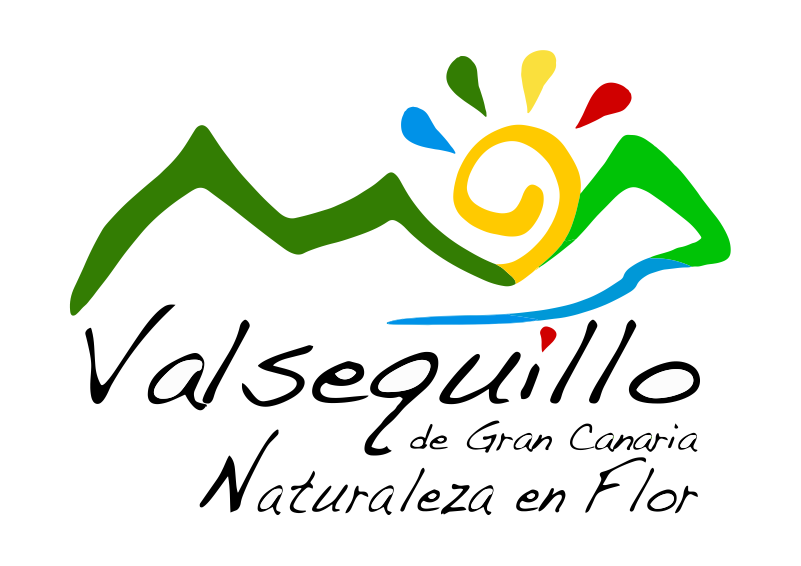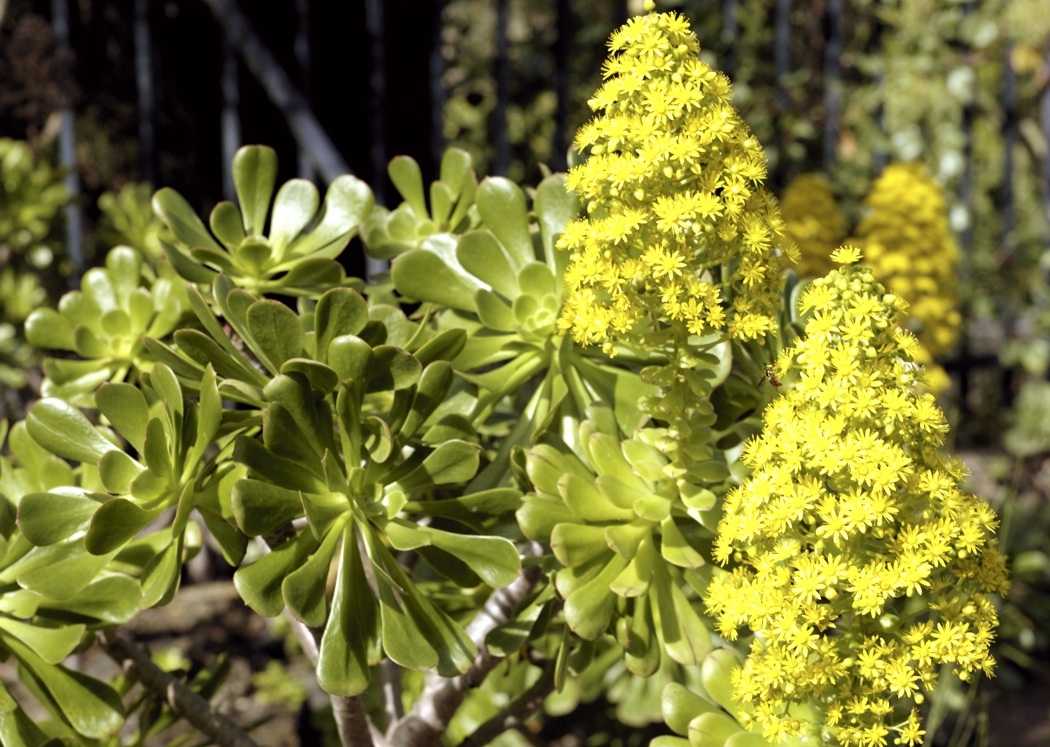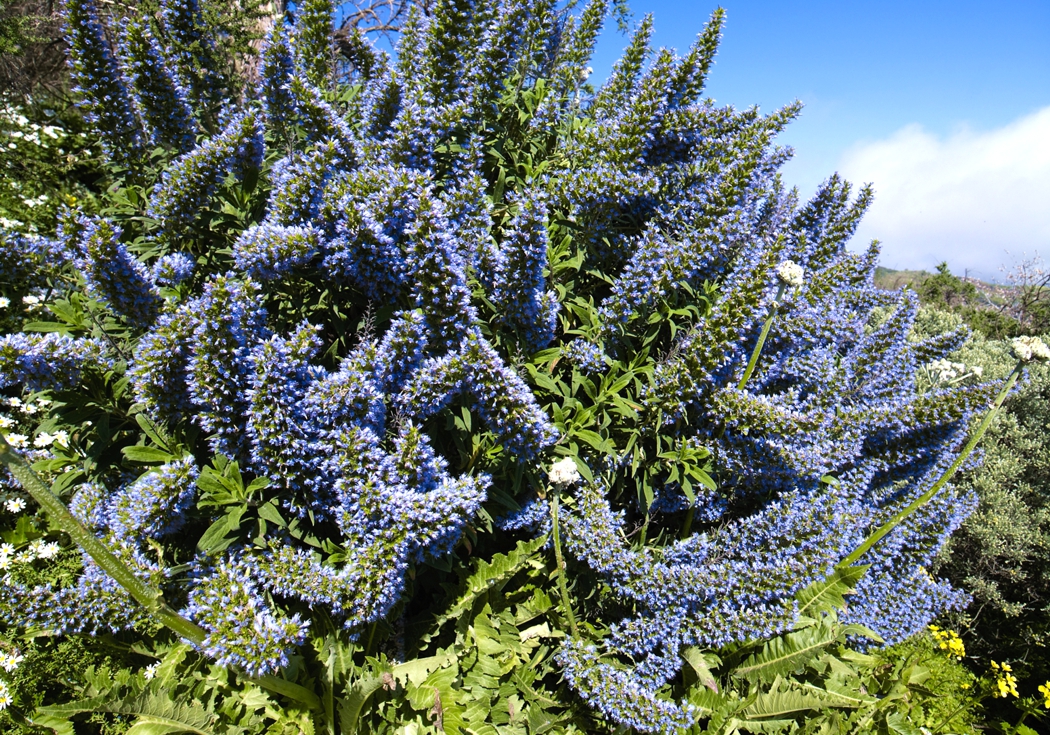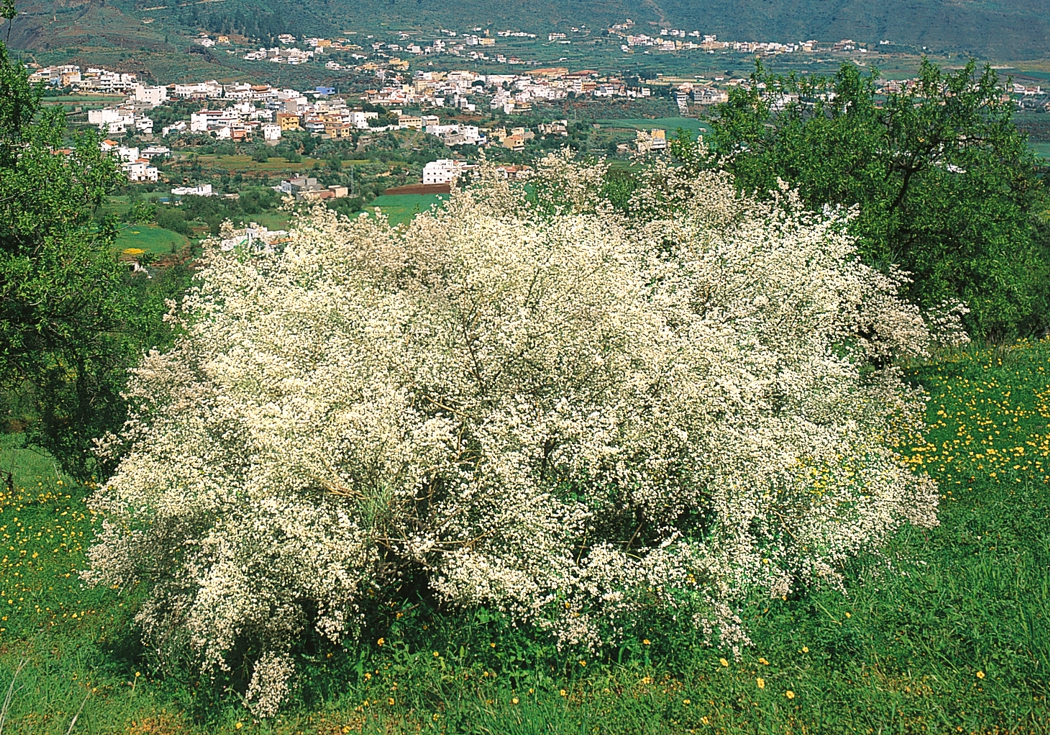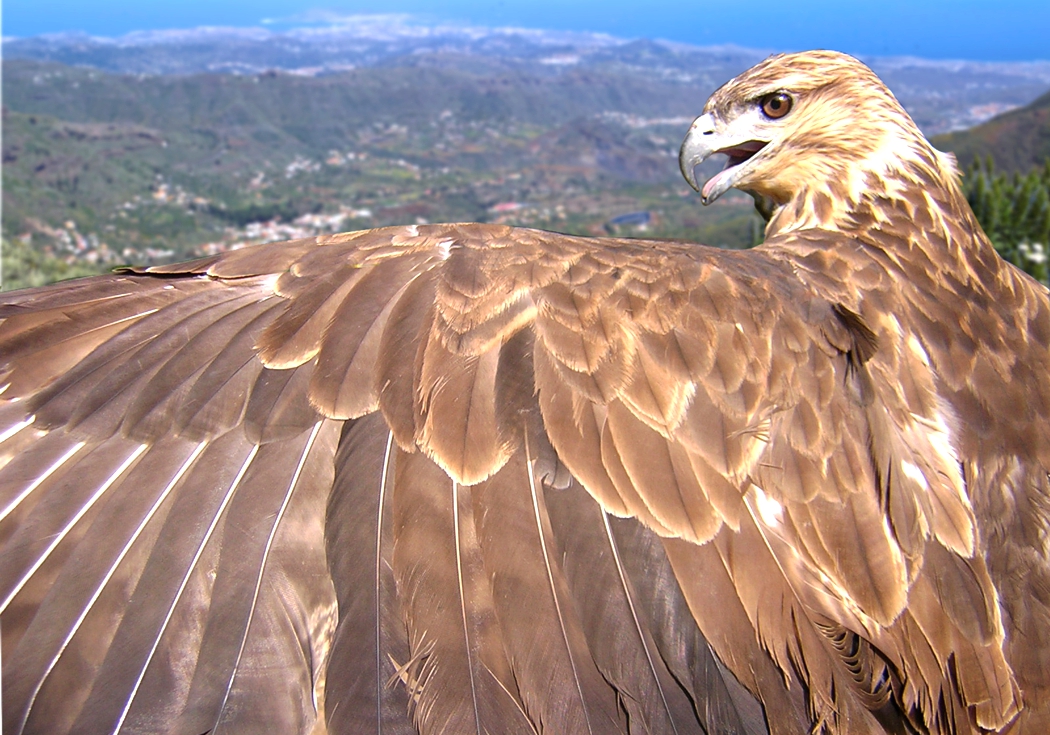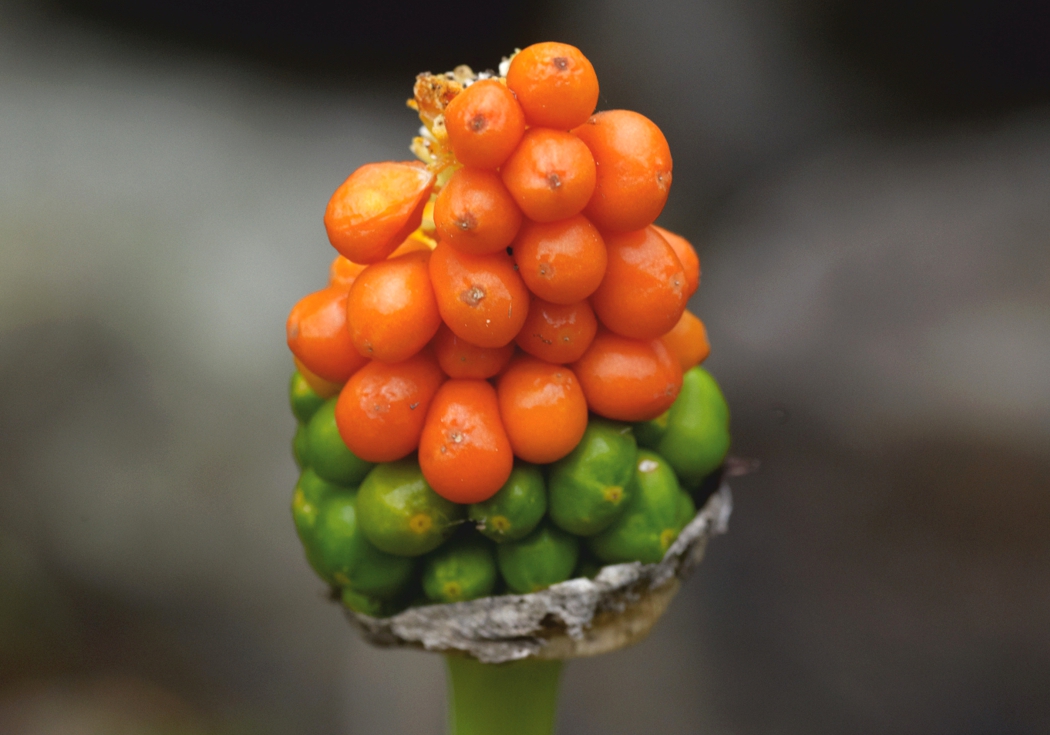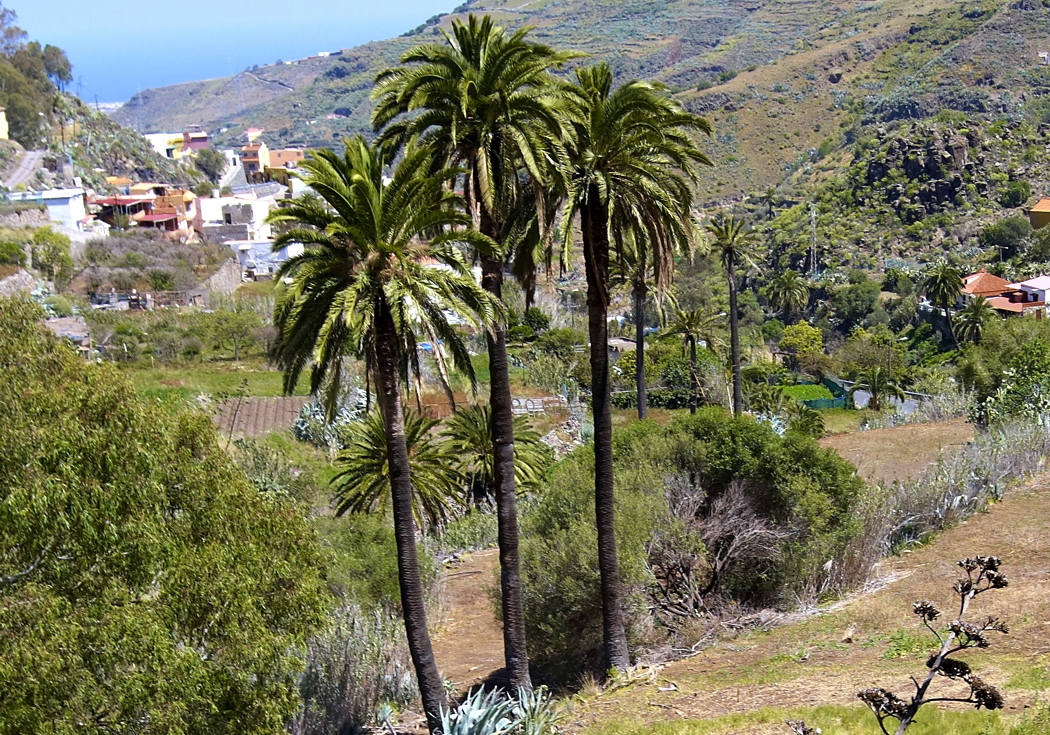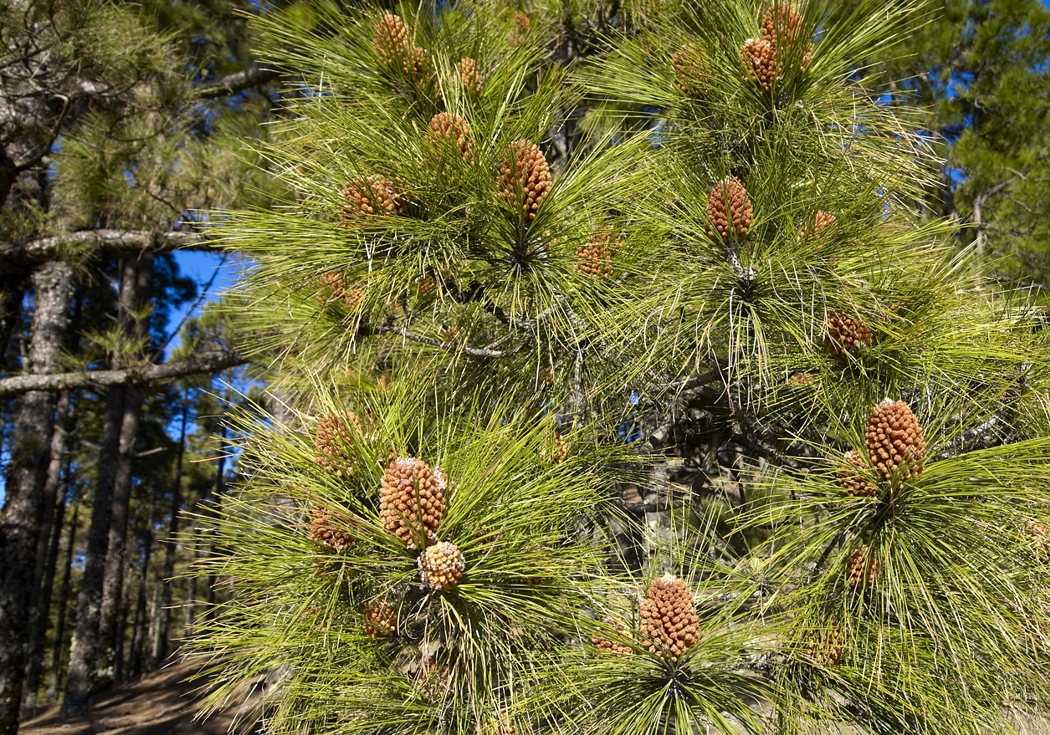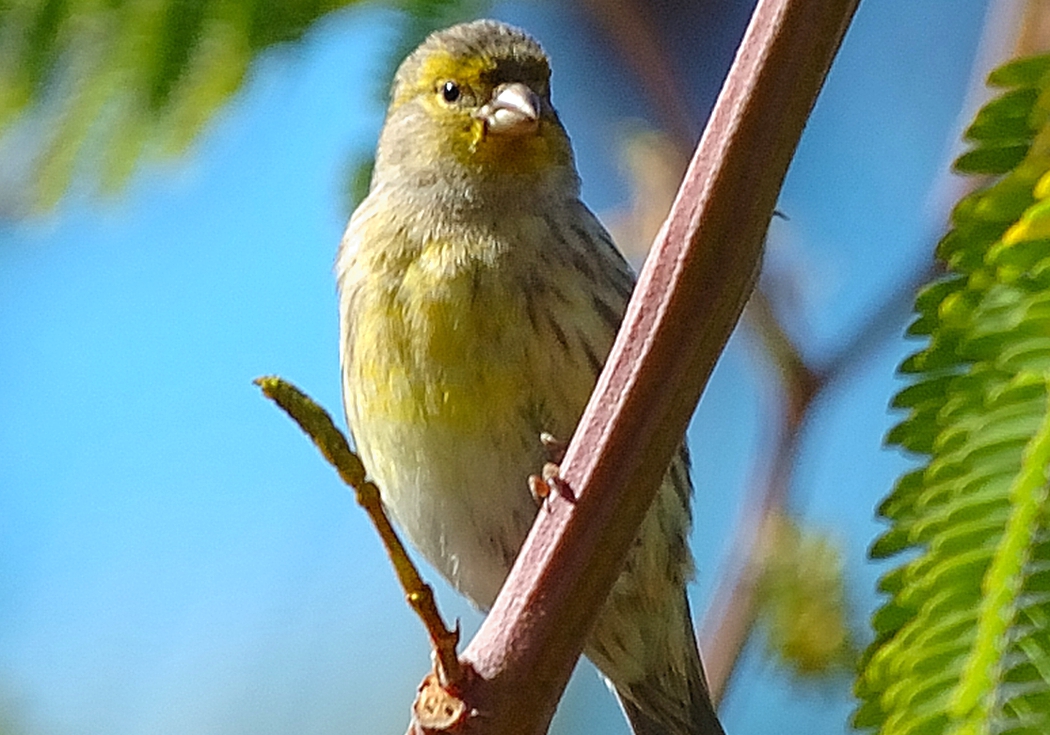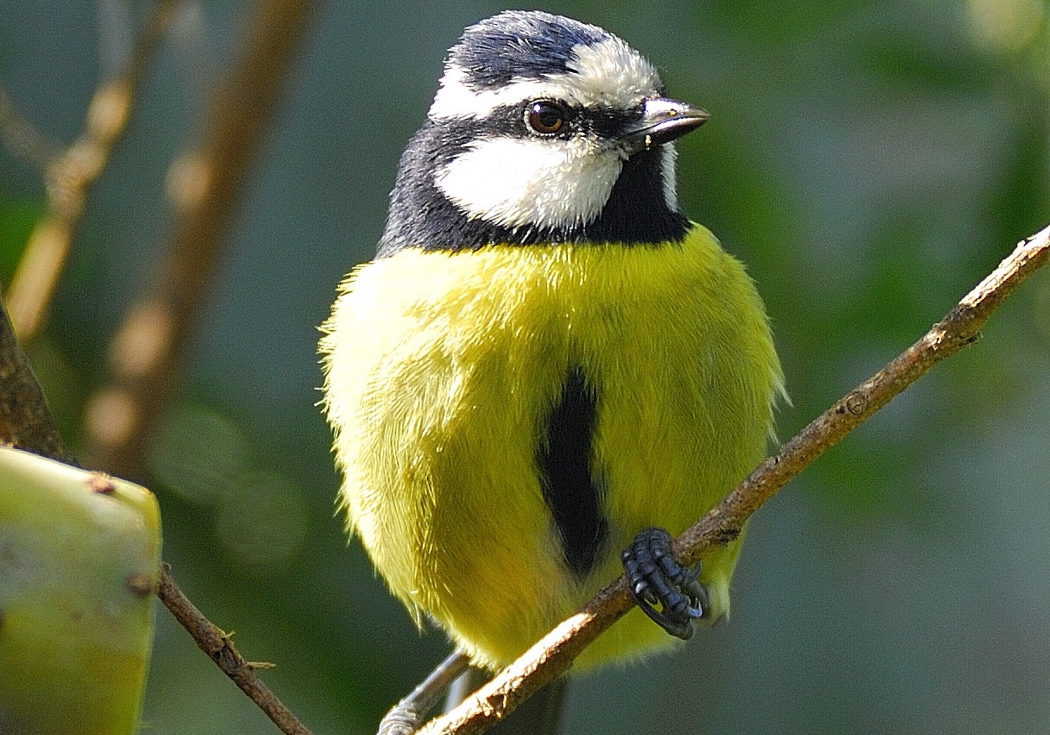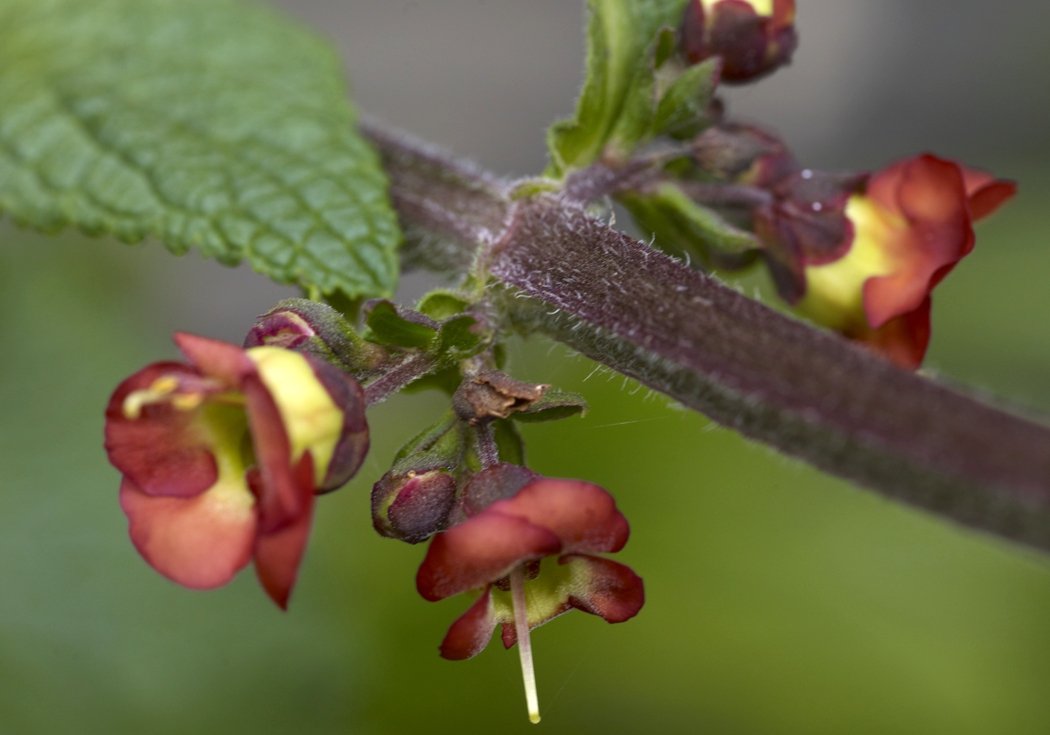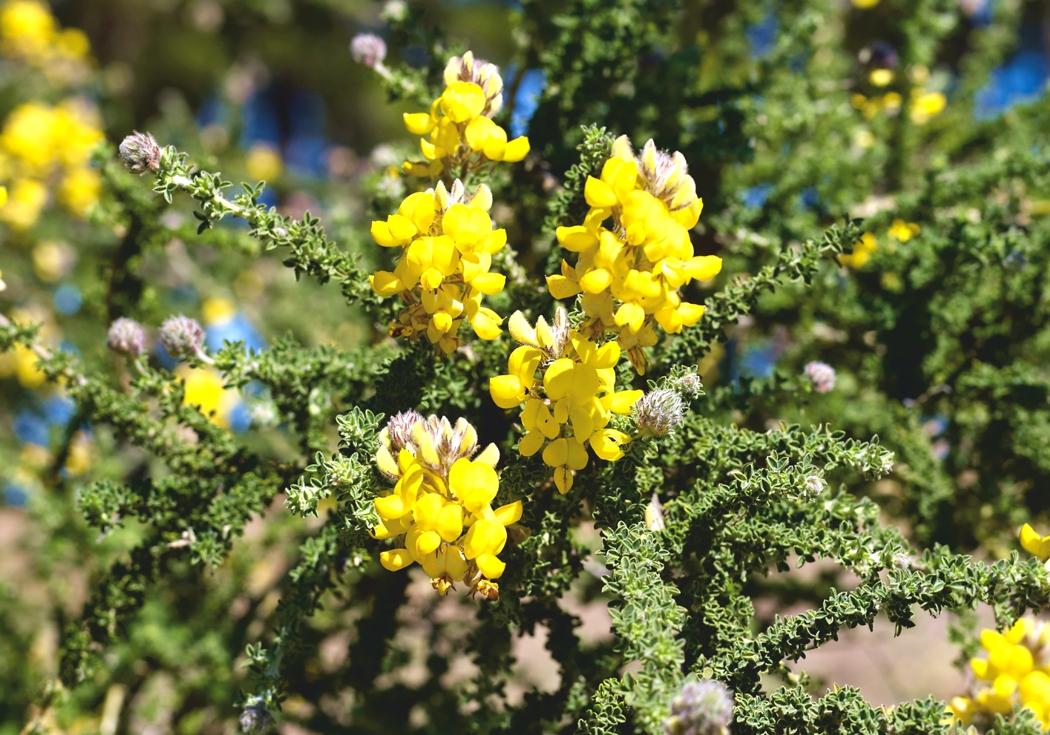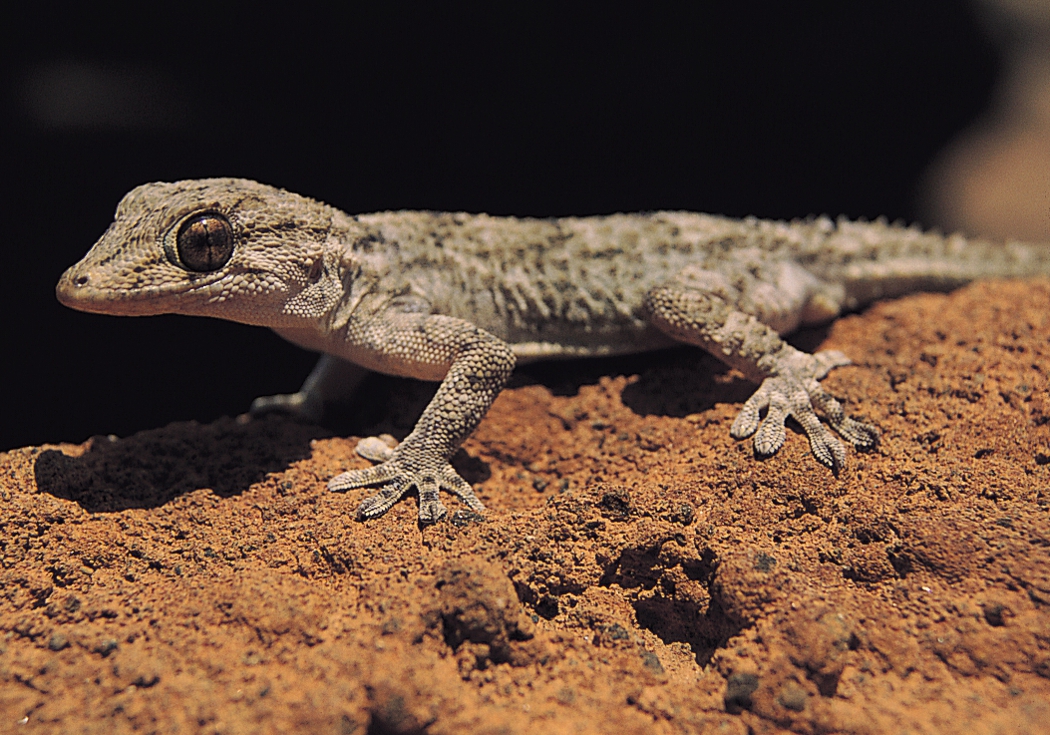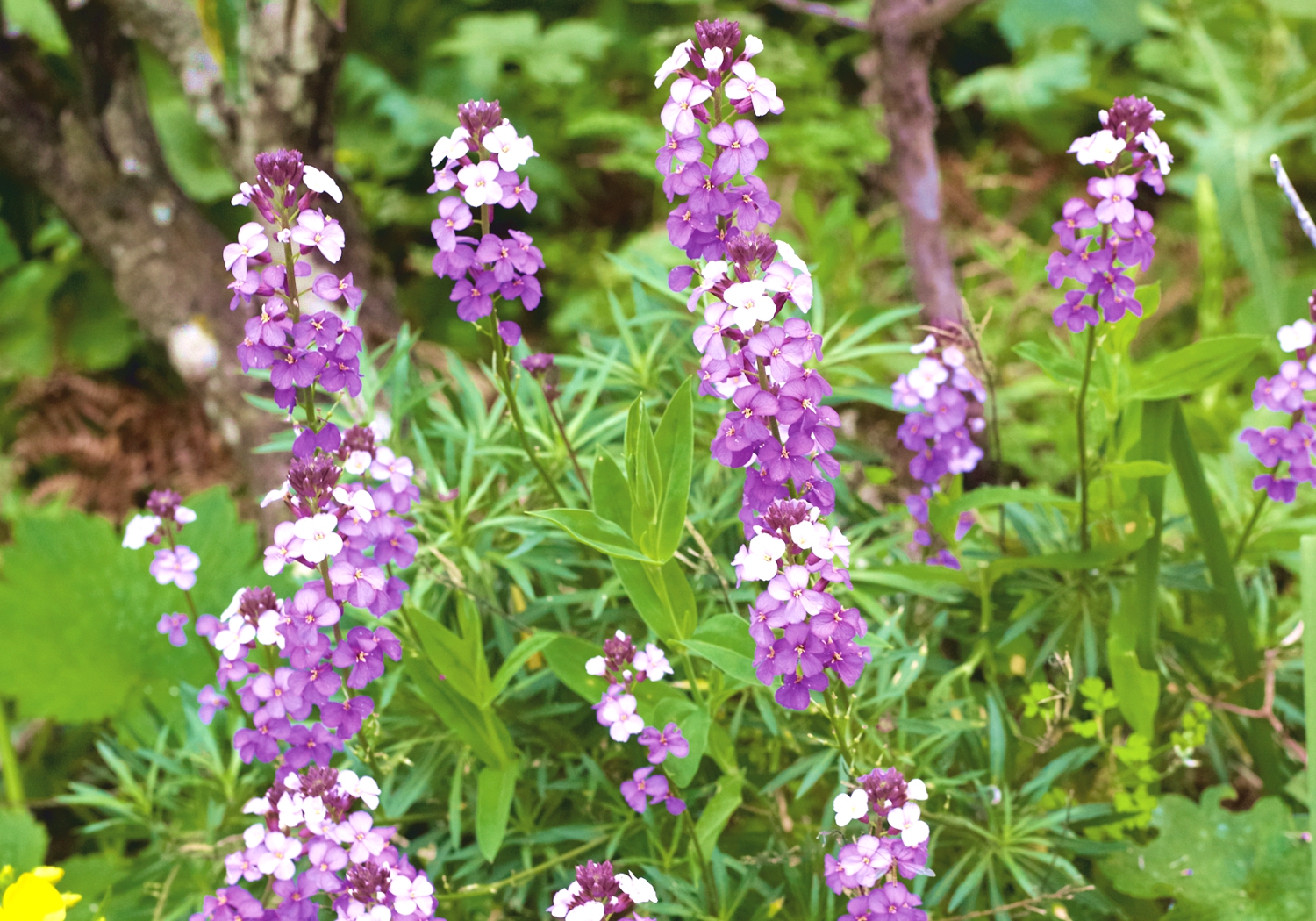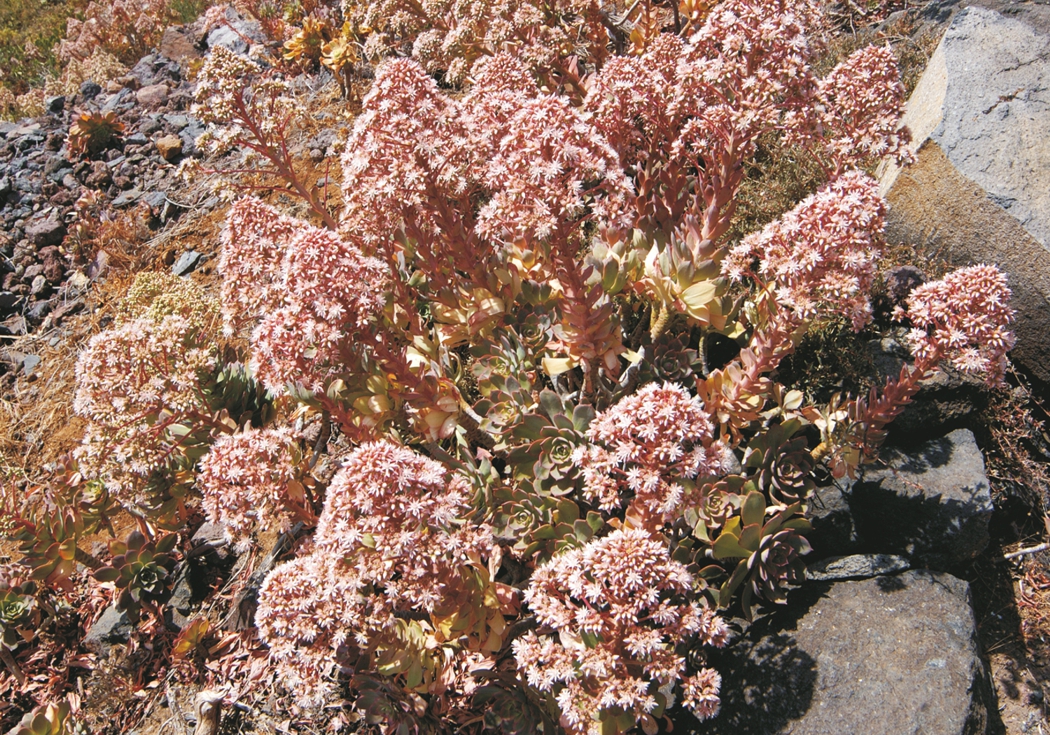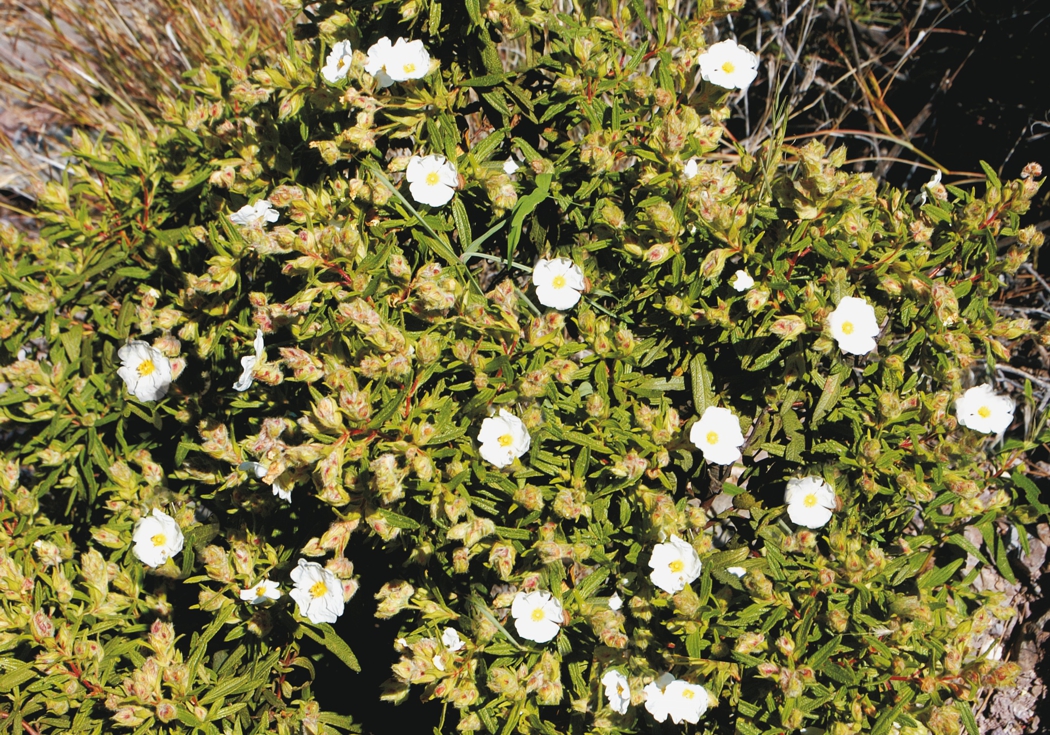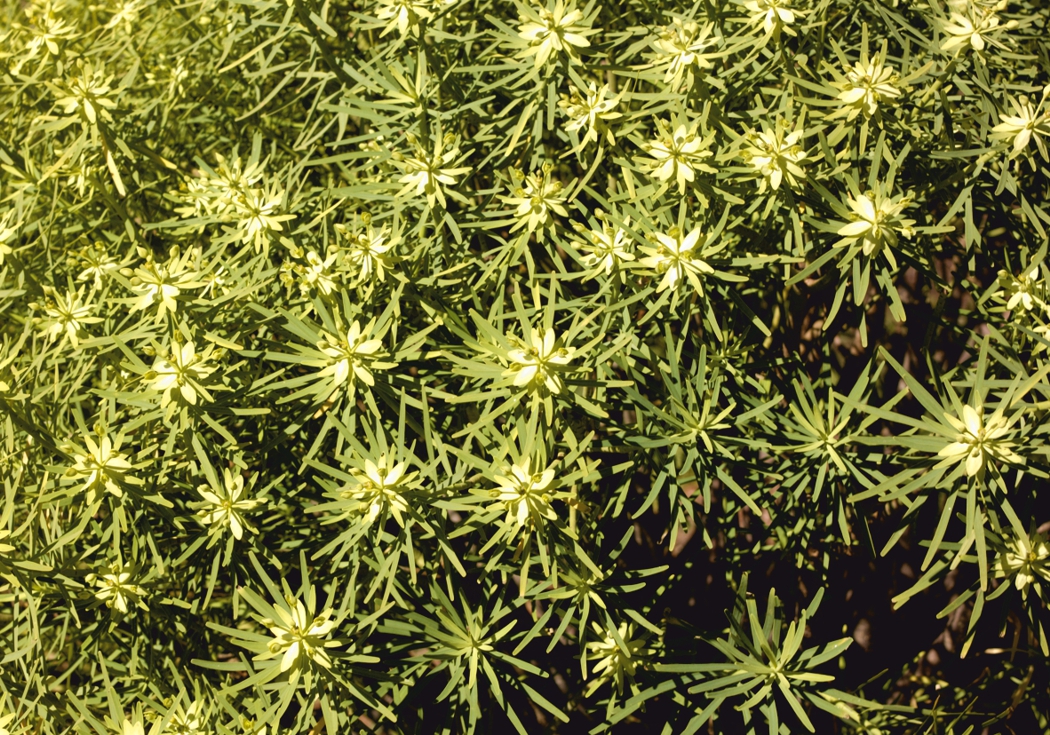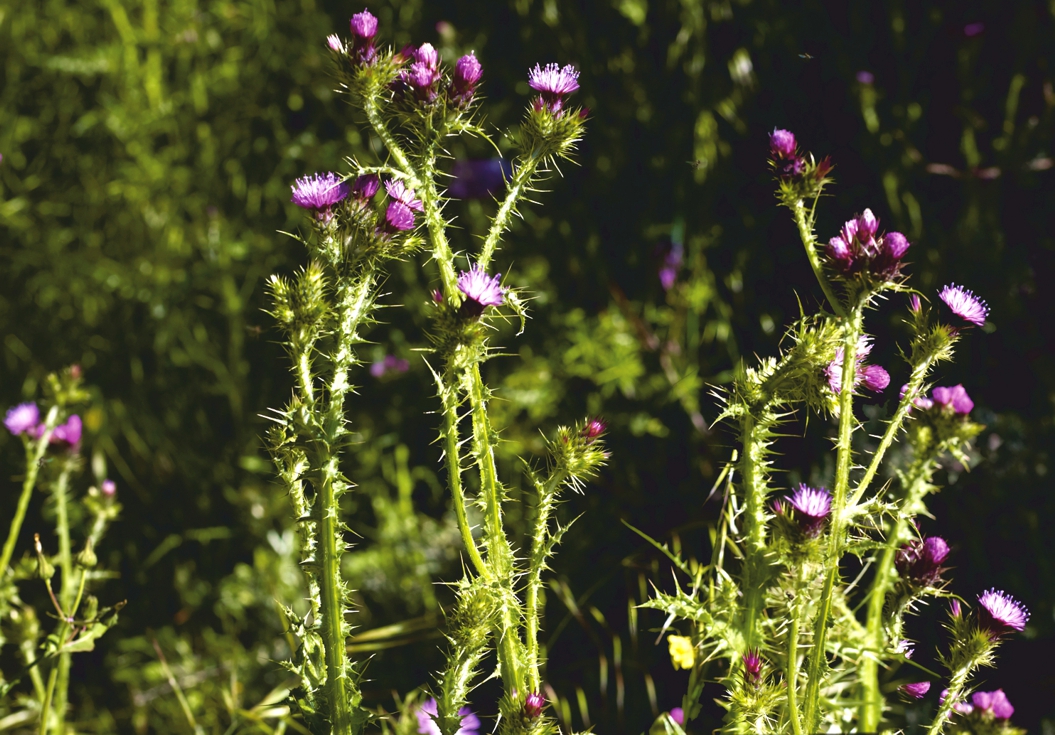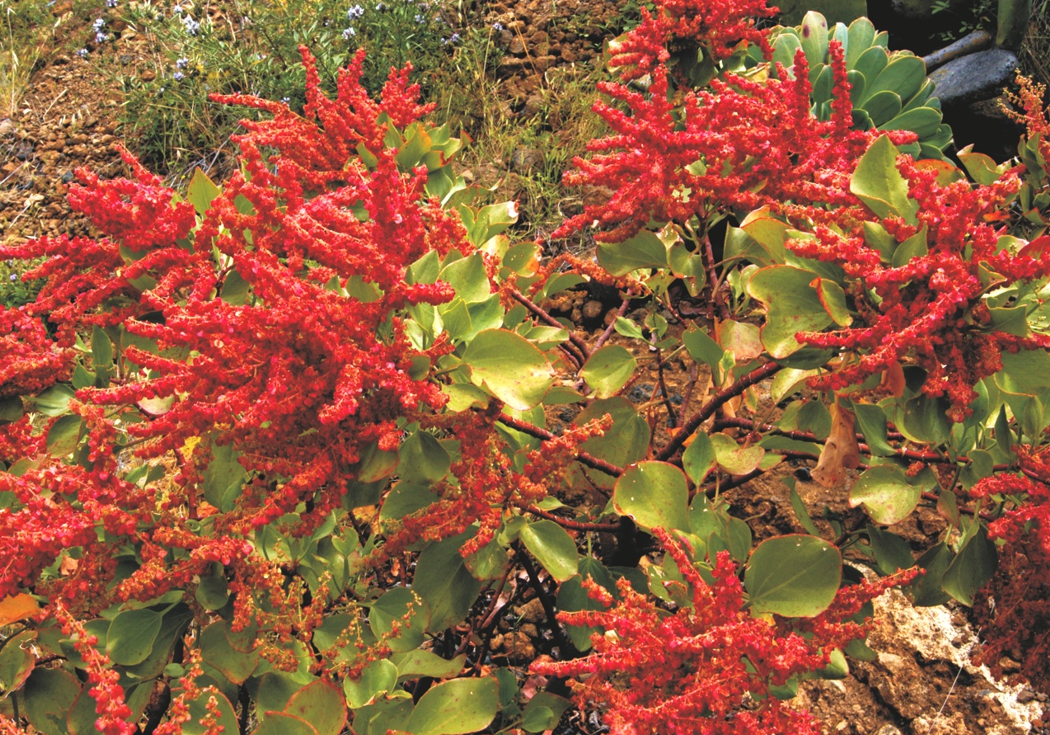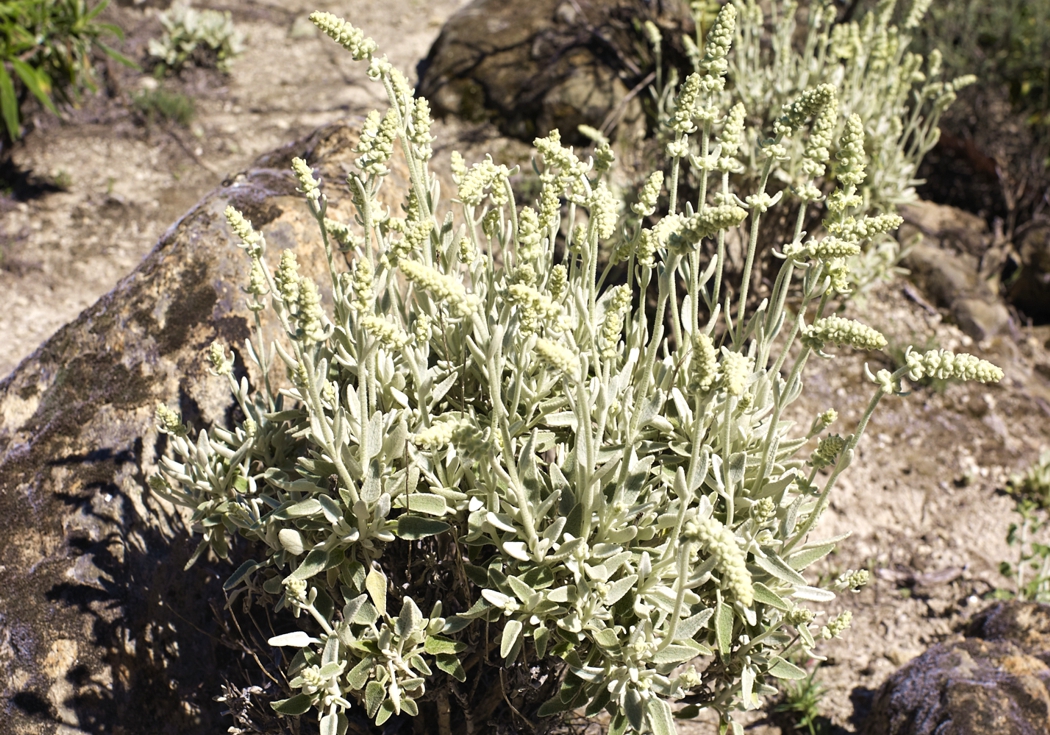Valsequillo’s important difference in altitude levels favors the existence of a medley of climates, which are reflected in the diversity of the vegetable species.
If we take a walk around the municipality we can observe the flora that is characteristic of the xerophile scrubland formations, broom thickets, as well as briarwood and pine tree groves and even small thermophilic forestlands and luxurious groups of laurel-like trees.
At the lower levels and in the proximities of the municipality of Telde we encounter vegetation that is characterized by the presence of Canary Island spurges (Euphorbia canariensis), Balsamiferous spurges (Euphorbia balsamífera) and by sorrels (Rumex lunaria), which mainly correspond to xerophile scrubland species.
As we reach greater heights it is impossible to not pay particular attention to Los Cernícalos Ravine, which is one of the most attractive protected natural spaces in this municipality. An excellent representation of the splendor and vegetative diversity of the Canary flora can be appreciated by taking a walk through the area, encountering both wild taros and reed beds, as well as small forests of broom, with wild olive tree (Olea europea ssp cerasiformis) and willow groves (Salix canariensis) in excellent states of conservation that cover the slopes of the ravine standing out from the rest. Likewise the presence of endemic Canary Island flora such as the rooted climber from the campanula family (Canarina canariensis), the pauquy bushes (Withania aristata) and the mallow crag shrubs (Lavatera acerifolia) is to be highlighted, amongst others.
Other tree formations of tremendous beauty are the Canary date palm groves (Phoenix canariensis) to be found throughout the San Roque Valley and Tenteniguada. The vegetation surrounding the area of El Rincón de Tenteniguada is absolutely spectacular, with a great amount of daisies, aromatic plants, sages and poppies, although the endemic species are the ones standing out the most, with the famous woody mayflower (Pericallis hadrosoma), confined to the areas between the Roque and Tenteniguada crags at heights standing between 1000 and 1500 meters, holding the starring role, as it is one of the rarest of the Canary species in its genus and without, of course, forgetting the elegant blue echiums of Tenteniguada (Echium callithyrsum), which are particularly abundant in areas between 600 and 1500 meters above sea level.
The incalculable botanic value of the Los Marteles Crater turns it into a fantastic representation of the endemic flora of the island of Gran Canaria. In this area of the municipality we can find laurel-like tree species such as the Canary Island strawberry tree (Arbustos canariensis), which is rarely found now in Gran Canaria’s forest areas, along with Myrsinaceae (Heberdenia excelsa) and Theaceae ( Visnea mocanera), amongst others.
As we reach higher levels we find alternative shrubs formed by broom and briarwood, Taibaba trees, Arabian peas (Bituminaria bituminosa) and forage tree-shrub legumes (Chamaecytisus proliferus), with almond trees (Prunus amygdalus) standing out over the rest, as they are characteristic in the island’s middle land areas. At even higher levels we encounter the central massif’s summits, which are interspersed with pine groves that become denser at heights standing between 1200 and 1800 meters, where yellow summit broom (Teline microphilla), which is endemic to the mountains of Gran Canaria can be observed.
The important existing natural wealth of the Special Natural Reserve of Los Marteles amply justifies its category of protected area, which has allowed it to be maintained in an excellent state of conservation. The abandonment of farming activities in the last few years, along with actions involving repopulation of less spontaneous species has allowed a good part of the natural vegetative systems of these areas to be regenerated.
Both the Los Marteles Crater and the remaining natural spaces of the municipality have a great floristic and fauna diversity that is worthy of being visited by lovers of nature and botany.
The fauna diversity of the municipality is also to be highlighted. A great abundance of insect life exists in the Los Cernícalos Ravine where they live in ponds that are free of any contamination. There is also a good number of invertebrate fauna species, freshwater mollusks, amphipods, plenaries, trichoptera, ephemera and many others that live in what may be the only permanent water course in the entire eastern area of Gran Canaria and one of the few to be found on the island.
We can also find different nesting bird species in the Los Marteles Crater, such as grassland yellow finches, linnets, canaries, wagtails, turtle doves, European robins and long-eared owls.
Valsequillo de Gran Canaria is a municipality with a truly extensive variety of floristic and fauna wealth, which along with its climate and edaphic characteristics compose a good number of ecosystems of extraordinary natural value.
